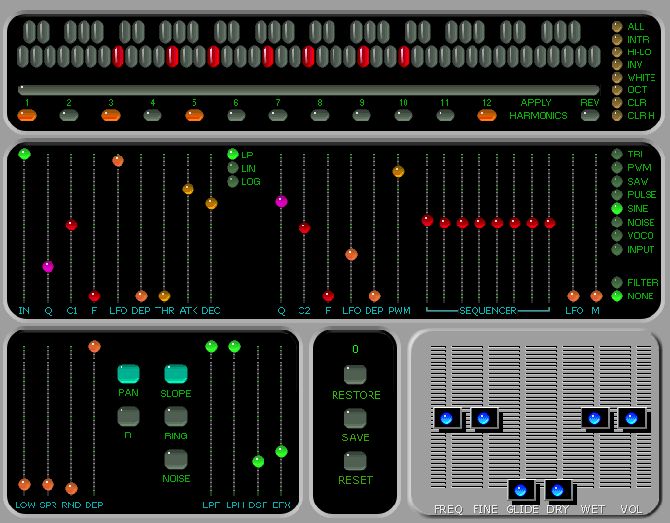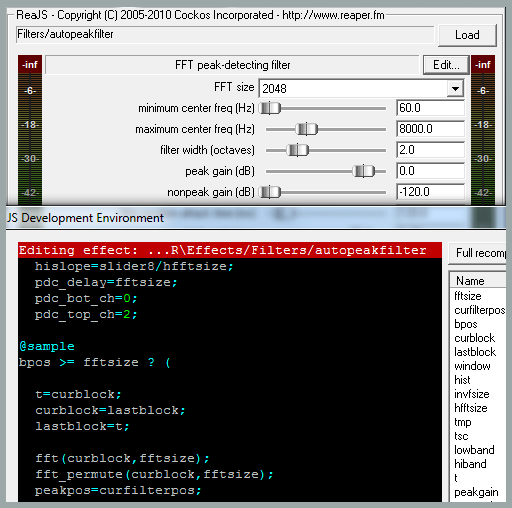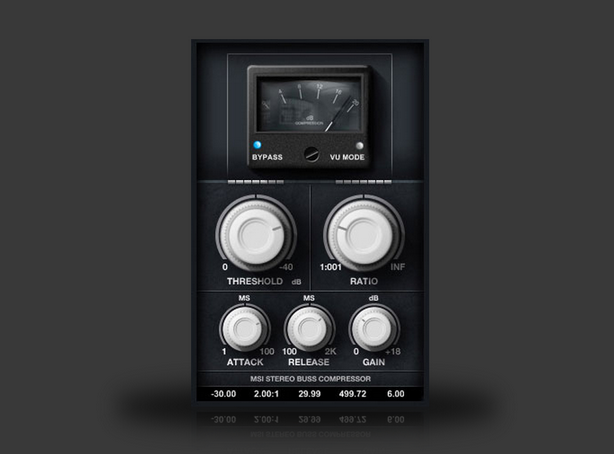From Rihanna to Fall Out Boy, plenty of the biggest names in music have used GarageBand to help record their hits — not to mention the legions of armchair musicians who enjoy playing around with the software just for fun. However, the fact that GarageBand is only available for Mac computers and iOS devices leaves many Windows users without the platform to record their masterpiece.
A Quick Look At The iPad As A Music Production Tool A Quick Look At The iPad As A Music Production Tool When deciding whether one can justify the purchase of a tablet, rarely does "music production" factor into the decision-making process – but it should. Read More
Thankfully, there are several alternatives that offer a similar set of features to GarageBand that you can install on your PC. Whether you just want to mess around with some loops, or you’re keen to progress from GarageBand to something more substantial, these applications are a great place to start.
LMMS (free)
Open-source production software with a bevy of built-in samples and instruments.
The LMMS project is the work of a volunteer development team committed to making an open-source, cross-platform music production suite. That noble idea has brought about a great piece of software, and despite a visually unappealing UI, it’s a flexible and powerful tool that will get you up and running in no time at all — and all at the bargain price of free.
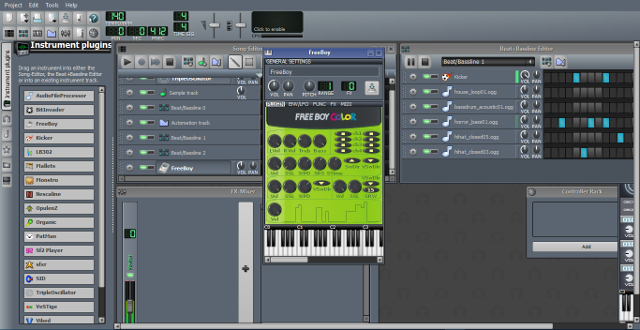
That being said, all that LMMS lacks in terms of looks is more than made up for by what it can do. A good variety of software instruments, samples and effects are pre-loaded, which allows you to get up and running straight away. And, while the interface could do more to help new users understand where to look for the various tools and libraries included, it’s so easy to use instruments and make beats that users will learn the ropes simply by experimenting.
Synths use an on-screen keyboard or musical typing, as you might expect, but the way beats are constructed is of notable simplicity. Whether you want to record your own samples using a program like Audacity, or simply pick and choose from the decent selection that come packaged with LMMS, it’s a simple case of dragging the desired file into the beat and bassline editor. That makes a track for that sound, which can be arranged in conjunction with other samples to assemble your beat. Trying something out in LMMS typically results in exactly the outcome you would expect — and when software is as intuitive as this, it’s easier to create something worthwhile.
Need to Record & Edit Audio? 4 Audacity Alternatives to Try Need to Record & Edit Audio? 4 Audacity Alternatives to Try Audacity can be a fantastic audio recording and editing tool, especially because of its cross platform and open source nature. However, there may be a number of reasons why you do not wish to use... Read More
Mixcraft 7 ($89.95 with free trial)
Loop-based software that’s a great first step for budding music producers.
One of GarageBand’s most popular features is its large and diverse library of loops. Users can quickly and easily build a song that sounds good, simply by layering loops of different instruments over one another in a way that sounds pleasing to them. It might be something of a shortcut, but it’s a great way for the uninitiated to dip their toe in the waters of digital music production.
CCMixter - Free Samples, Loops & Songs For Remixing, Sampling, & Using In Your Projects CCMixter - Free Samples, Loops & Songs For Remixing, Sampling, & Using In Your Projects Today we'll be looking at one of the web's best truly free resources for audio material - be it samples of instruments, drum loops, a capellas or even full songs. If you've been thinking of... Read More
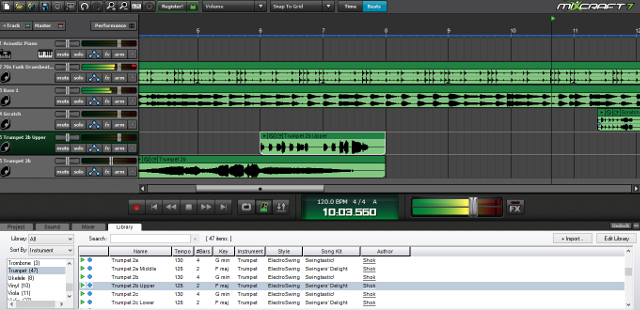
Mixcraft offers a comparable broad selection of loops — and, crucially, they’re part of an intuitive environment that makes it easy for a novice to get up to speed very quickly. At its simplest, you just need to click and drag the loops you want to use, and Mixcraft will take care of things like tempo and key. As a place to experiment, Mixcraft delivers the same ease of use that makes GarageBand appeal to all ages and skill levels.
However, there’s more lurking under the surface. While Mixcraft makes it easy for a beginner to get started, there’s no shortage of support for advanced plugins and effects that experts can use to create everything from crystal clear hip hop beats to distorted heavy metal. That being said, it’s clear that loops are the focus. For users looking to work with live instrumentation, there are better options elsewhere like Audacity or LinuxSampler — especially considering the high price point of Mixcraft.
Music Maker Jam (free with in-app-purchases)
An entertaining but limited music production app.
While there are certainly plenty of musicians who use GarageBand as a tool, many users enjoy the software as a fun way to play around with music. If you’re more interested in that sort of experience rather than full-on music production, Music Maker Jam will have you creating tunes in a variety of genres in no time.
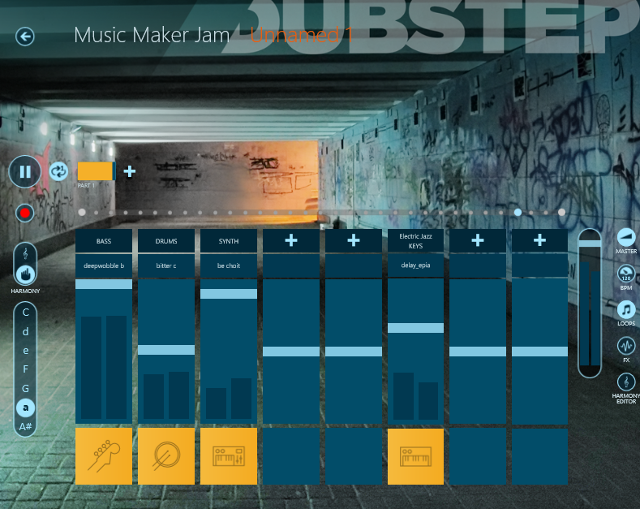
Unlike the other software covered here, Music Maker Jam is an app that you can download from the Windows App Store, as well as from the respective stores for Android and iOS. As you might imagine, that means that it caters to a casual user rather than the professional, and it does provide something of a streamlined experience. You can select loops by genre — everything from dubstep to electric jazz — and then transfer them into an environment when you can use them to construct a song, tweaking BPM and volume levels or applying FX as you see fit.
However, it does have some serious limitations. There’s a solid variety of loops on offer, but without the ability to create your own from scratch it does seem a little bit light compared to its competitors. To expand your library, you’ll need to buy loops via in app purchases, and the amount that you get for your money is minimal compared to other similar services. Music Maker Jam will keep you entertained for an afternoon — but unlike the other software on this list, there’s not much potential
for you to develop your skills much beyond your first use.
Stagelight ($9.99 with free trial)
Intuitive and straightforward software with an imperfect UI.
Anyone looking to replicate GarageBand on a Windows computer should look no further than Stagelight. It’s clear that the design of this software owes a lot to Apple’s offering — but that’s not to say that this package doesn’t have its own ideas of how to build on that strong foundation.

Stagelight takes a slightly different approach to digital music production than other similar packages, with a focus on the interface typically known as a live mode. It’s a way of testing out different loops and audio clips together to see what meshes well, used by some electronic artists in their live performances. In Stagelight’s case, live mode is just as useful in the studio — as Mike Shinoda of Linkin Park demonstrated in a blog post about the software. Users can assemble an array of loops to flit between instantly, even recording over their loops as they’re playing. That makes sketching out songs fast, as well as a lot of fun.
The biggest drawback for Stagelight is its visual design. From a distance, it’s a rather slick piece of minimalism, but in practice it’s perhaps a little bit sparse for its own good. The core functionality, however, is very good indeed. Just about anyone could open up this software and be creating music in a matter of minutes.
FL Studio ($99 with free trial)
Broad package suitable for all experience levels that benefits from a clean, straightforward design.
A successor to the software formerly known as Fruity Loops, FL Studio is one of the most widely used digital audio workstations available. It’s an excellent intermediate choice for anyone who might have cut their teeth on something like GarageBand, but now wants a package with a bit more depth. Whether you’re using it by itself or in conjunction with another suite, FL Studio caters to a broad range of users, from low skill levels to experts.
5 iOS Digital Audio Workstations For Producers On a Budget 5 iOS Digital Audio Workstations For Producers On a Budget So you've transformed your iPad into an endlessly evolving musical instrument, programmed your own tight drum beats and discovered the huge potential of AudioBus. You've sacrificed disk space for samples and your bank balance for... Read More
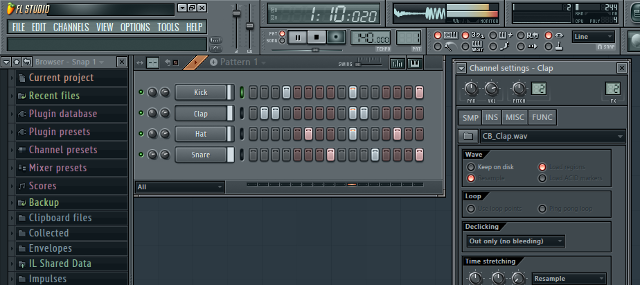
FL Studio sets itself apart from other comparable software in the way that it balances broad functionality with a very straightforward workflow. A beautiful user interface apes the look of physical studio software, but isn’t so showy that it distracts from the work you’re doing. It’s very impressive how much information can be displayed without your workspace feeling cluttered, as this program really lets you get into the nitty gritty of your music. Whether you want to tweak the specifics of a synth, or customize your recording technique to suit the sort of instrumentation and style you’re going for, you’re given plenty of options that make it easy to personalize your experience.
Another major selling point for FL Studio is simply that it’s fun to use. Experimenting with beats using its pattern feature is fast and responsive, making it easy for you to get the results that you want without any unnecessary hassle. There’s even a riff machine tool that applies the same methods to riffs rather than beats. Overall, it’s a great option for anyone looking to transition from beginner tier software to something with further reaching capabilities.
Reaper ($60 with free trial)
Complex production software that works particularly well with live instrumentation.
While there are plenty of apps and programs out there that attempt to make music creation approachable for anyone, the fact is that the highest levels of production require very complex software. Reaper is a package that gives the expert user a lot of options for how they make their music, but it doesn’t hold your hand through the process. A certain level of knowledge is assumed when you open up the program — and if you don’t possess it, it might take you a while to produce anything worthwhile.
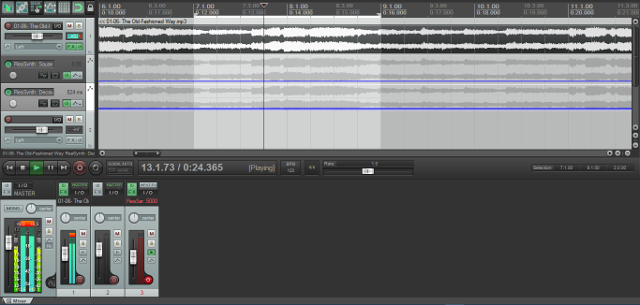
The advantage that Reaper has over the big names in the field of digital audio workstations is its price. Whereas competitors like Cubase, Ableton and Pro Tools typically cost hundreds of dollars, the basic licence for Reaper is a meagre $60 for personal use. The compromise is that the software doesn’t include the vast array of virtual instruments or samples that other packages do, the importance of which will vary depending on the user and the sort of music they are making.
Reaper is certainly a robust piece of software, particularly considering its asking price. However, it’s not the easiest program to work with — it certainly doesn’t have the sense of fun that GarageBand does. This is professional-grade equipment for musicians looking to get real work done, and it does an excellent job if you’re willing to learn the ropes.
How To Learn & Have Fun With Magic GarageBand [OSX] How To Learn & Have Fun With Magic GarageBand [OSX] The best way to learn music is probably to learn how to play a real instrument, but if you're like me and you don't have the time, Apple's popular song-producing application, GarageBand, can be useful... Read More
Know a great piece of music production software for Windows that we’ve missed? Let us know about it in the comments section below.
Source: https://www.makeuseof.com/tag/6-garageband-alternatives-music-production-windows/
